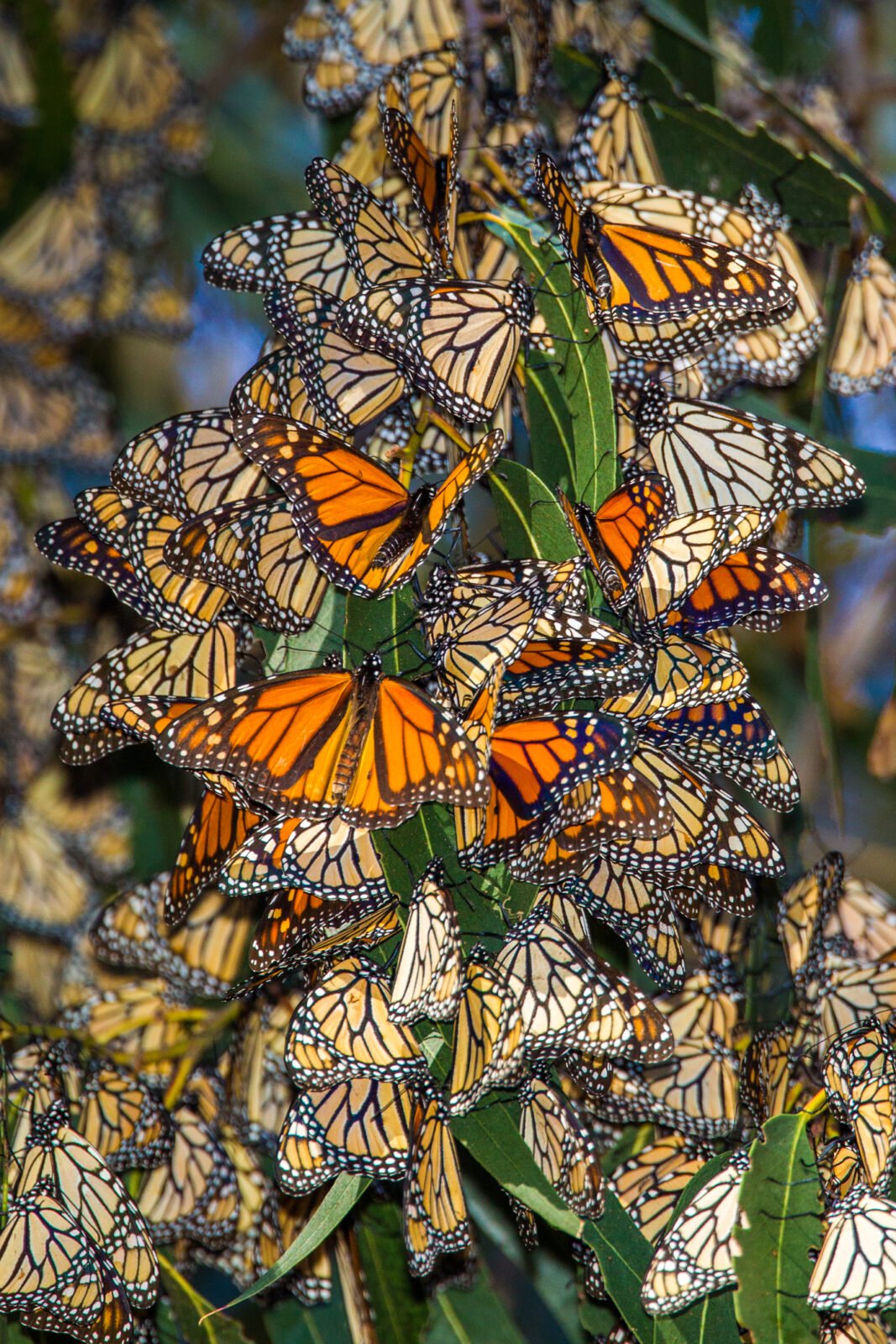
Native News Recap: 2022
Here’s a native news recap looking back at some of the biggest native plant news stories of the...
These native ground covers for shade make a perfect living mulch by holding in moisture, keeping weeds at bay, and providing an insulating cover against erosion and runoff. There are many that are great sources of pollen and nectar for local wildlife.

Most of the invasive ground covers have escaped cultivation and are taking over the woods to the detriment of our native plants. Instead of using the three commonly used non-native ground covers – Vinca, Liriope, and Japanese Pachysandra – you have many options available in native ground covers that are more welcoming to wildlife. In addition to providing habitat and shelter, all of these native ground covers for shade are easy to grow, spreading quickly through rhizomes or runners or by lifting and splitting the plants in the spring.

I am including my favorite picks here for partial shade locations, 3-6 hours of sunlight, or full shade. These could replace shady lawn areas where you have trouble growing turf grass. Having less lawn and replacing it with native ground covers is a good thing! If you can’t grow anything except moss in a situation, embrace it and encourage the moss to spread by removing invasives and keeping it weeded for a perfect carpet of green.
Spreading by rhizomes, the native Allegheny Pachysandra is semi-evergreen in my area of the Mid-Atlantic in Maryland. During milder winters, it looks fine with its mottled foliage persisting, but if we get more severe weather it disappears and will come back in the springtime. It prefers partial to full shade, and the white flowers are very fragrant and attract many insects while in bloom. Allegheny Pachysandra is both drought tolerant and deer resistant. I noticed some deer nibbling on it when first planted, and then once established deer leave it alone. My suggestion is to protect it until it starts to spread and then leave it alone.
An unusual succulent that likes shade and wet conditions! Normally you would grow sedums in full sun in dry soils, but this sedum does well in moist soil. Only a few inches high, it spreads by creeping stems like other sedums. The Buckeye Butterfly and the Variegated Fritillary are attracted to the sedum’s star-like flowers. Woodland Stonecrop is animal resistant – a real find in a ground cover! Commonly used on green roofs, this hardy perennial sedum would work in rock gardens or as a spreading ground cover under trees.
One of my favorite native ground covers under deciduous or evergreen trees, this clump forming perennial forms dense colonies in naturalistic plantings. Spring ephemerals (plants that disappear after early spring) such as Blood Root and Trilliums could push through the clumps and bloom in early spring to add spots of color. The heart-shaped foliage turns reddish-bronze in autumn, and the color persists through the winter. The best part of this ground cover is the profusion of wand-like creamy flowers that give it the appropriate name of ‘Foamflower’. Blooming early, the flower clusters provide pollen and nectar for native bees of all kinds. The seeds of this low-maintenance plant are eaten by birds, and the variegated foliage provides cover for small creatures.
Wild Ginger grows naturally in shady deciduous forests, and the hairy, heart shaped leaves hide an unusual reddish brown flower at the base of the plant which attract small pollinating flies emerging from the ground. Native Americans used Wild Ginger as a spice, just like the tropical variety we are familiar with. I like to mix this slow grower with other more vigorous groundcovers for textural interest. Wild Ginger eventually grows into a colony that can expand outward about 8” every year.

This creeping, fuzzy-leaved perennial that forms foliage mats 1-2” high and 18” wide is useful for naturalized areas. It requires medium moisture in well drained soils in part shade to full shade, and it is evergreen in mild winter areas. The common name of ‘Green and Gold’ or ‘Goldenstar’ is derived from the starry yellow flowers that persist for weeks. Flowing down embankments or filling in woodland areas, Goldenstar can rapidly fill in areas by expanding through runners. Very adaptable, this is definitely one of my go-to native ground covers for shade. To complete the package, deer don’t eat it!
After winter weather some of these can look tattered, and it is just a matter of sheering them back to make way for new spring growth. But even that isn’t necessary if you would rather leave them alone. The new growth will emerge and hide old foliage. And don’t forget that you can grow bulbs and corms in the clumps to come up through the foliage. I like to plant Virginia Bluebells (Mertensia virginica) and Yellow Lady Slipper (Cypripedium parviflorum), both natives, in my ground covers to give a pop of color.

Claire is a horticulturalist and landscape design consultant. Owner of Claire Jones Landscapes, LLC, Claire’s designed gardens have been featured in print publications like WSJ and Style Magazine. A garden writer at The Garden Diaries, Claire maintains 3 honeybee hives and gardens at her home in Maryland.

Here’s a native news recap looking back at some of the biggest native plant news stories of the...
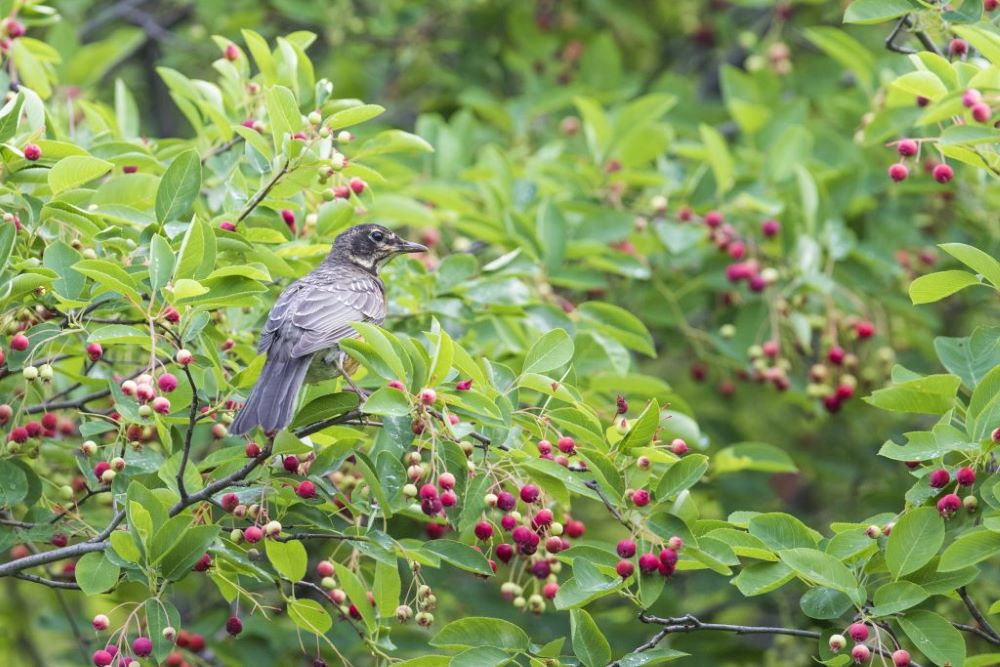
In the past we have emphasized the importance of keystone species in supporting bird populations,...
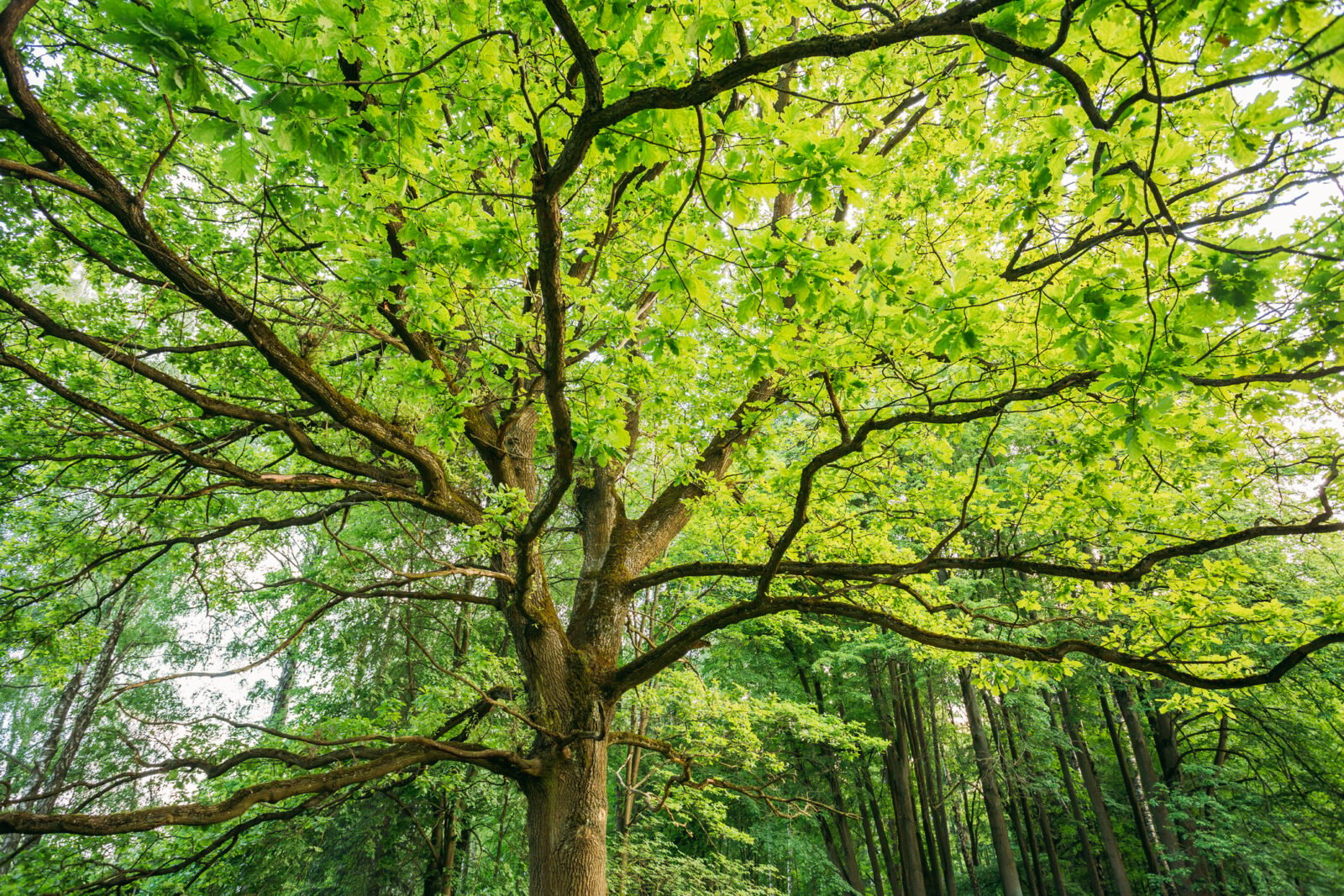
Perennials are the stars of most gardens, and no wonder! They provide a variety of shapes and col...
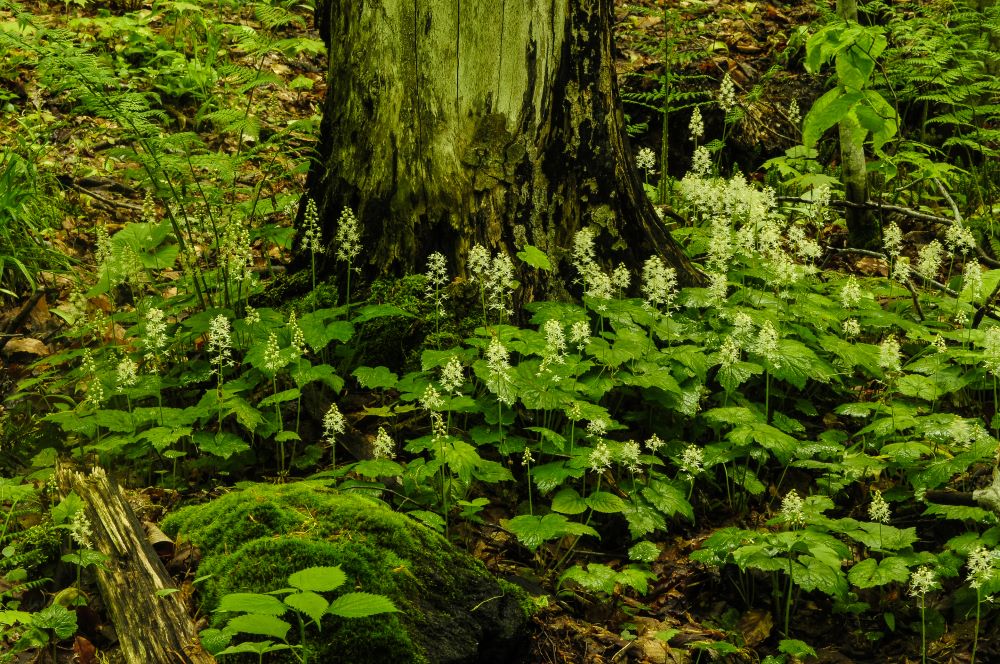
These native ground covers for shade make a perfect living mulch by holding in moisture, keeping ...

Gardening is ‘In’! Over the past two years gardening has suddenly become very popular with pe...

Mothers give us so much, but sometimes it takes a while for us to appreciate the gifts that we ca...
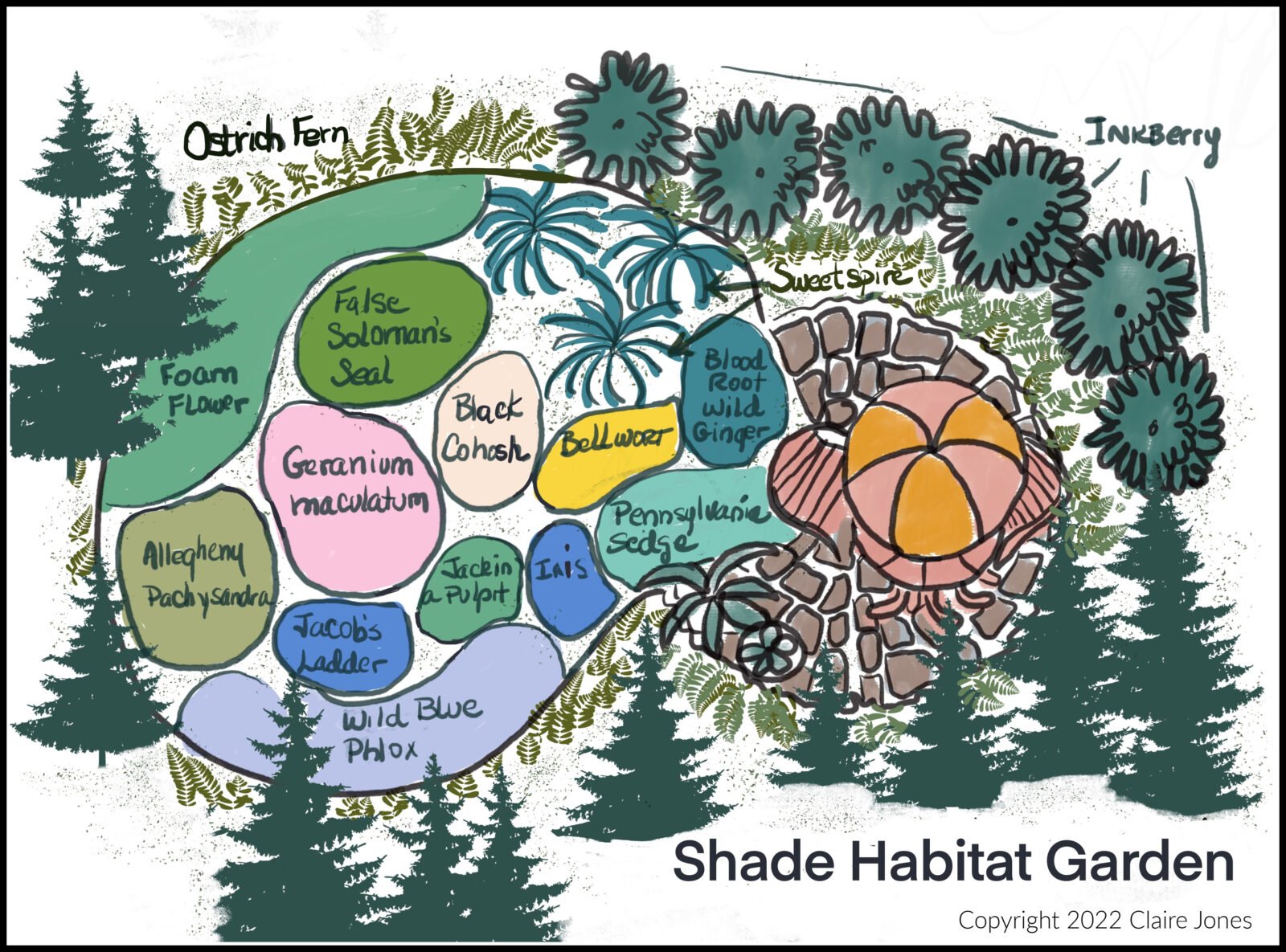
This is the second part of my Habitat Heroes Design series. The first part was a sunny garden of ...
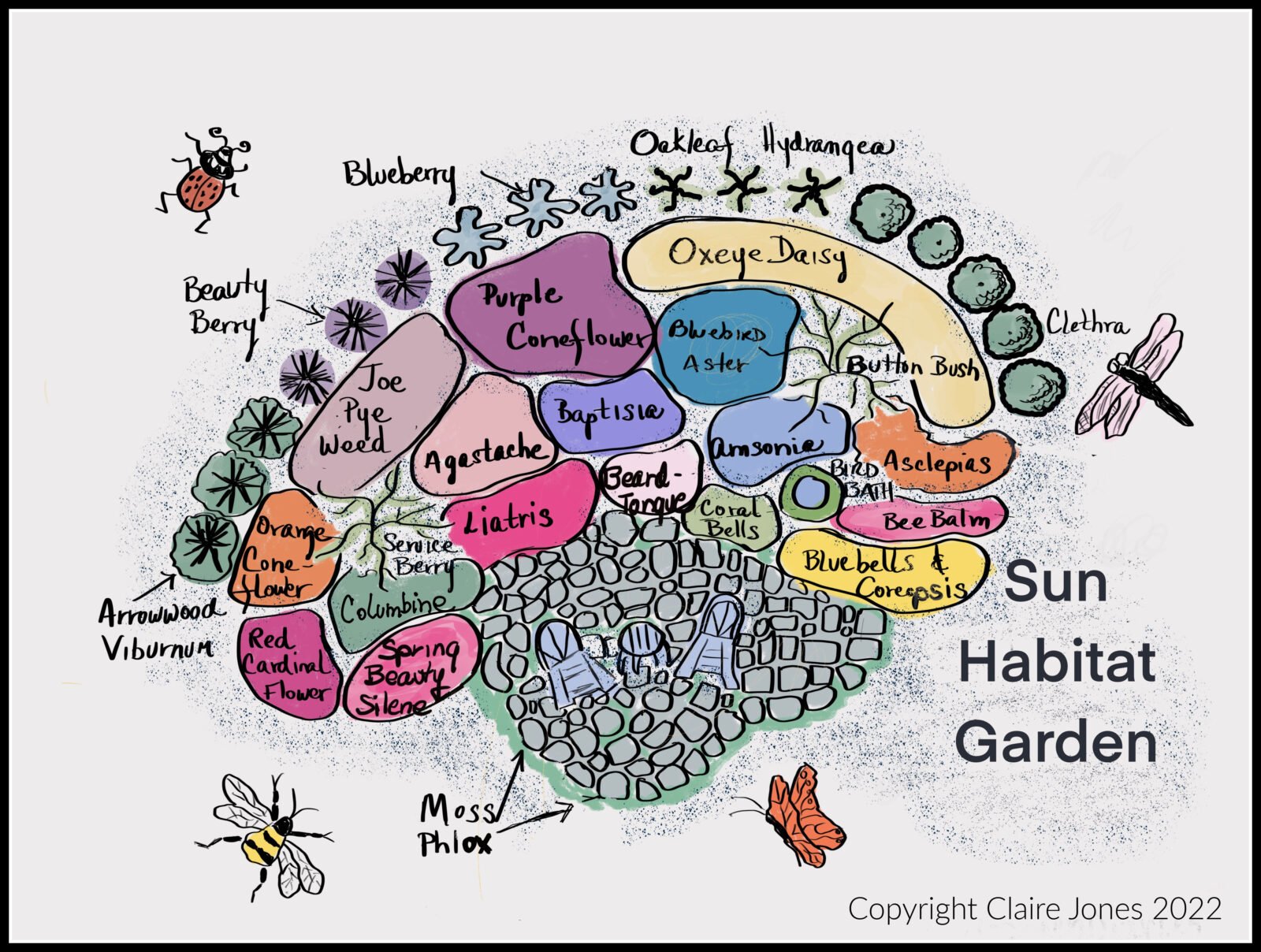
This blog post will cover how to design and install a Sunny “Habitat Hero Garden” with native...
Now Shipping for Spring 2024!